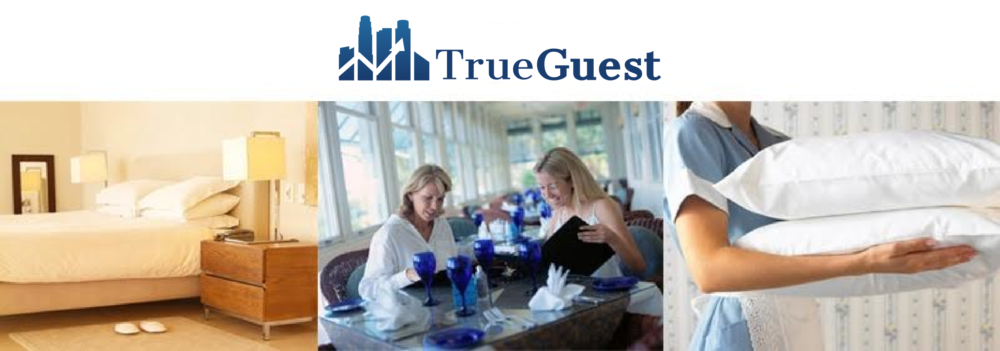It turns out that hotels are not the only victims of crafty employee theft. Here is the fast-food version of the breakfast buffet scam:
I was in West LA last weekend and had time to get a quick bite to eat with some friends. Most convenient, of course, was a major fast-food restaurant down the street. Some of us were not very hungry, so the ones who were ordered first. Everything was normal at first; we ordered food that the cooks in the back had to make, the cashier entered the transaction into the computer, processed the payments, gave a receipt, etc.
Then the ones that just wanted small items came to place their orders. As I waited for my food to the side, I noticed that she started to use a small calculator instead of the register that she had used with me to add up the cost of each order. One of my friends ordered a drink and large fries (both items the cashier could retrieve herself). She punched the amounts into the small calculator and asked for $2.79. My friend paid with cash, the cashier put the money in the drawer, did not present a receipt, and provided the drink cup and fries. Another one of my friends ordered a specialty coffee drink. The cashier listened to the order, then asked, “That’s it?” Once my friend nodded his head, she then recalled the price from memory and asked for $2.19. She then did the same with the money as the previous transaction.
There was a good flow of people coming in to order food and as I waited for my food, I could not help but laugh. For every transaction that she did not have to send to the cooks or have to process a credit card, she would not ring the transaction into the register. One can only imagine how much money this cashier was making, but even worse, how much more money the fast-food restaurant was losing. She obviously had been doing this for some time and because the restaurant was in a very high volume area, the managers or owners probably do not even notice.
Take it from me, she was being so obvious because she knows that she probably won’t get caught. These things happen often in places I go. Managers and owners just need to take a closer look at their operations.
Got a McStory to share? Post it in our comment section.

 This book, written by Robert Plotkin, has been around for quite a few years and is in its fourth or fifth printing. The book does a very good job of covering internal theft in bars. The chapters range from ‘Exploring the Causes of Theft’ to ‘Preventative Measures’. At 96 pages long, the book is an easy read and serves as a decent reference. If you are new to beverage control, you will find yourself going back to the book time and time again as you try to improve the controls in your bar. A more experienced Bar Manager will not find much of the book very useful.
This book, written by Robert Plotkin, has been around for quite a few years and is in its fourth or fifth printing. The book does a very good job of covering internal theft in bars. The chapters range from ‘Exploring the Causes of Theft’ to ‘Preventative Measures’. At 96 pages long, the book is an easy read and serves as a decent reference. If you are new to beverage control, you will find yourself going back to the book time and time again as you try to improve the controls in your bar. A more experienced Bar Manager will not find much of the book very useful. Instructions for using the TrueGuest Banquet Bar Requisition Worksheet To set up the file:
Instructions for using the TrueGuest Banquet Bar Requisition Worksheet To set up the file: Who has read ‘Burning Down the House: The Infamous Waiter & Bartender’s Scam Bible’?
Who has read ‘Burning Down the House: The Infamous Waiter & Bartender’s Scam Bible’?